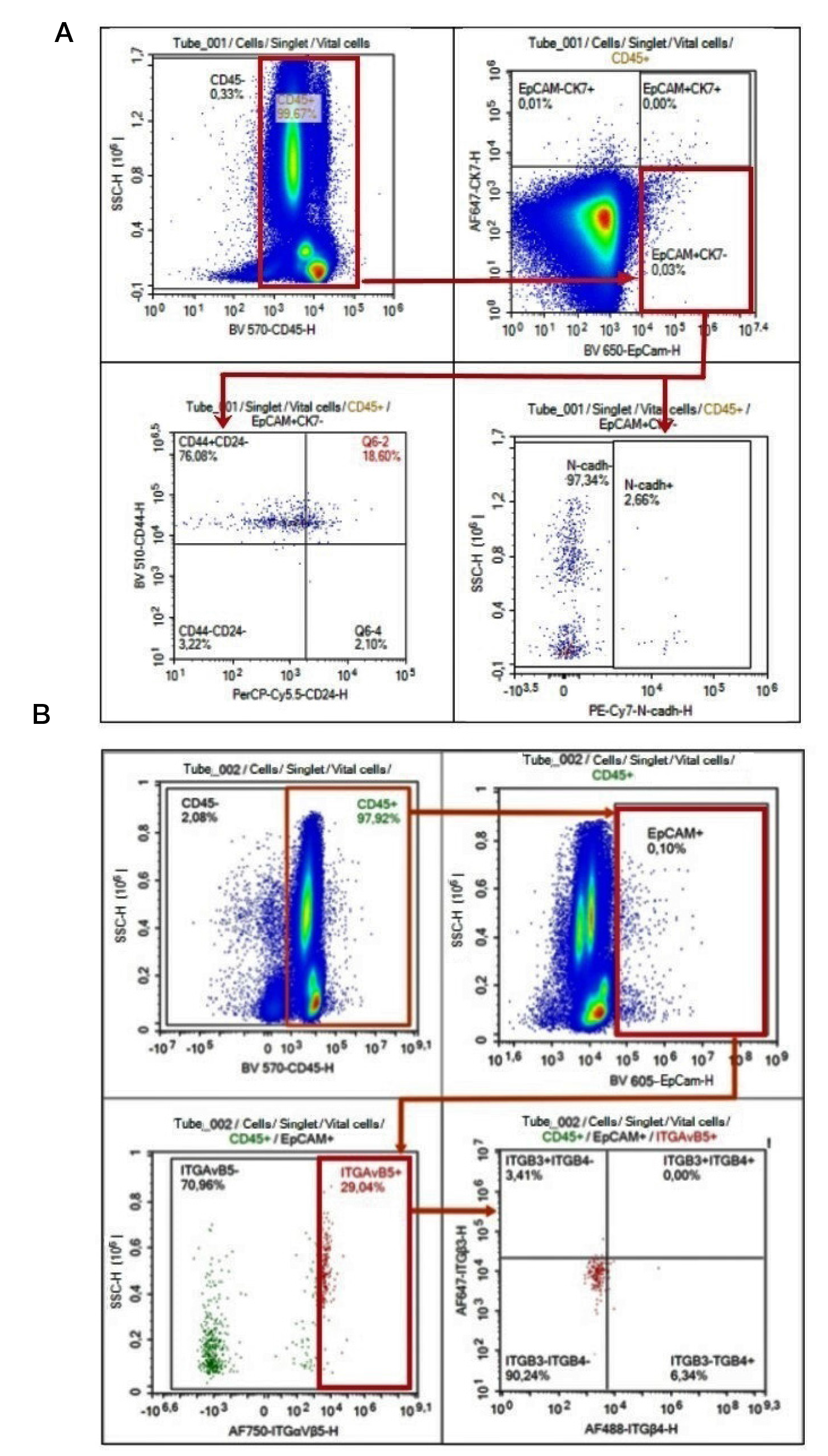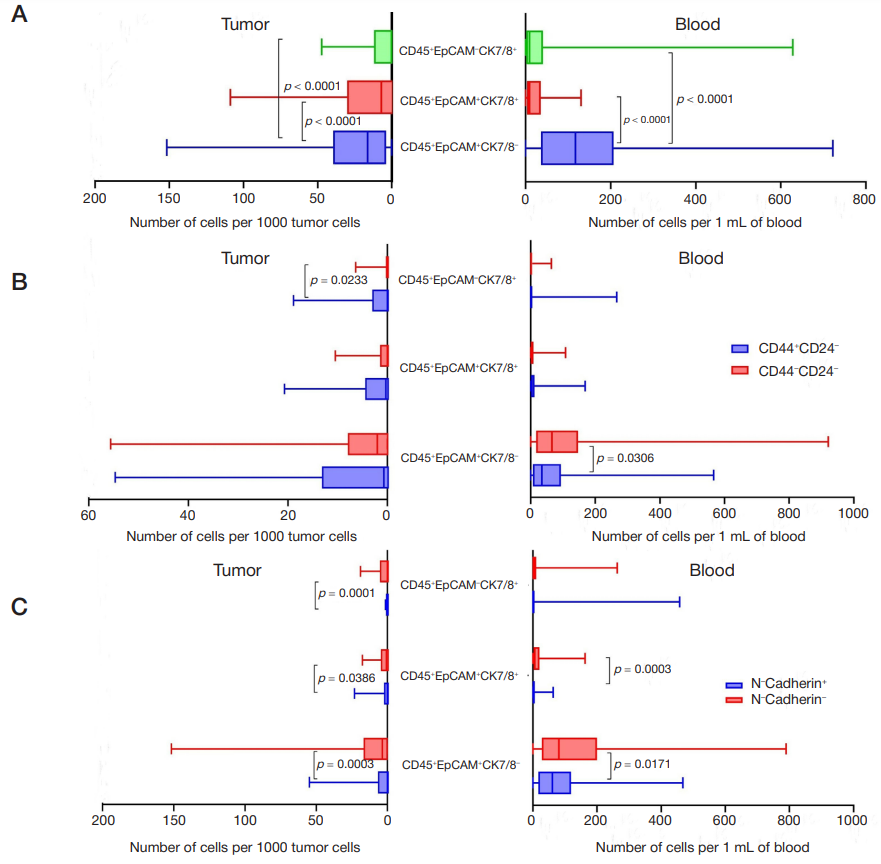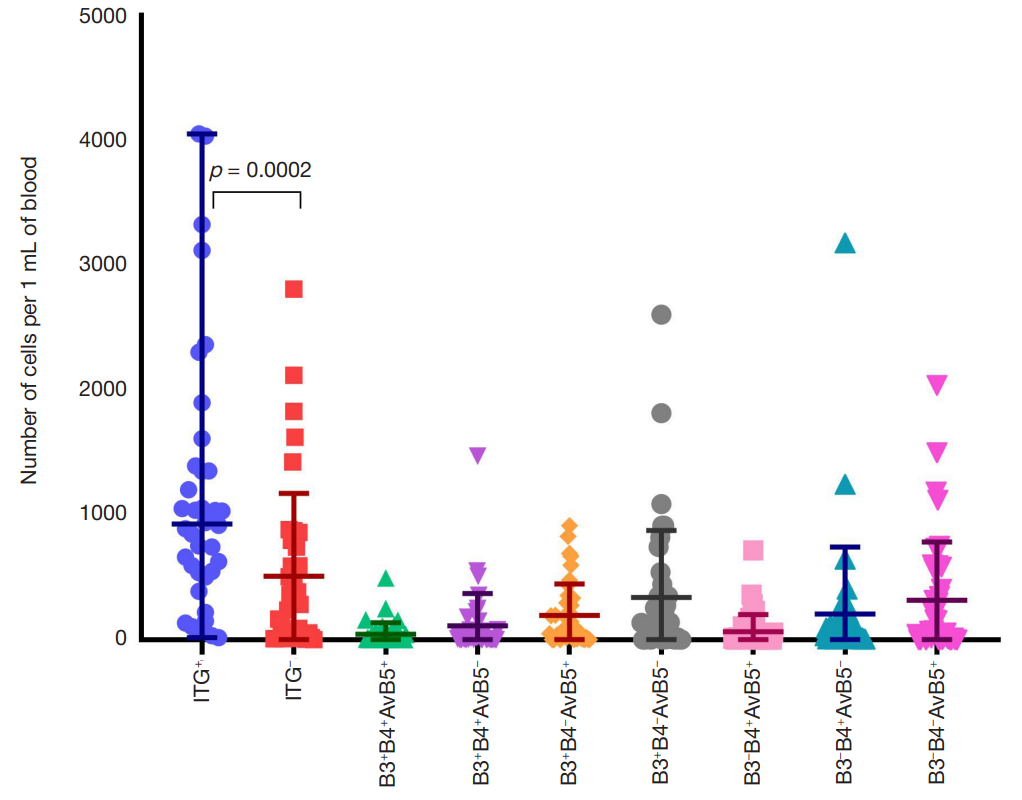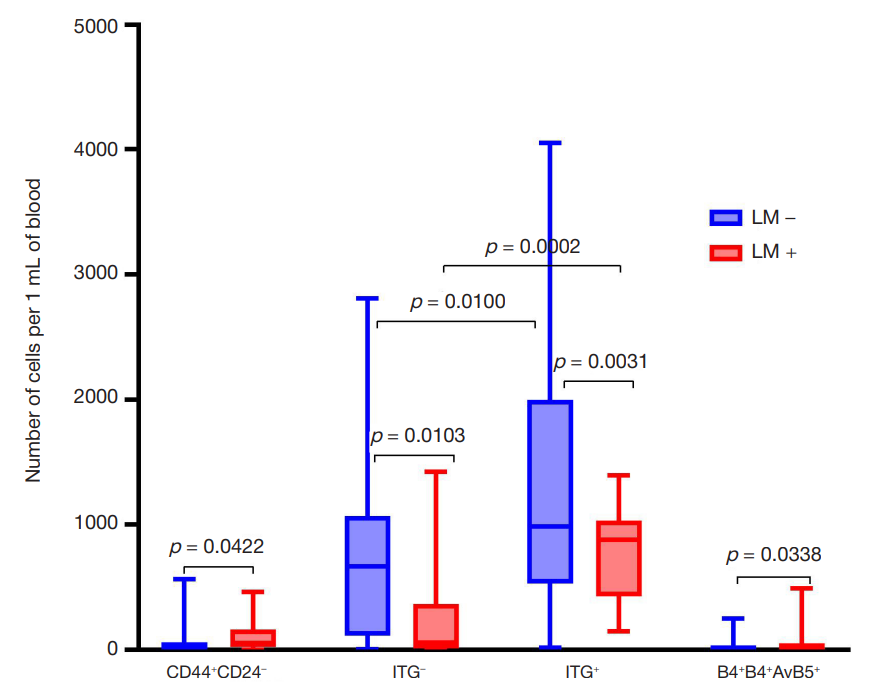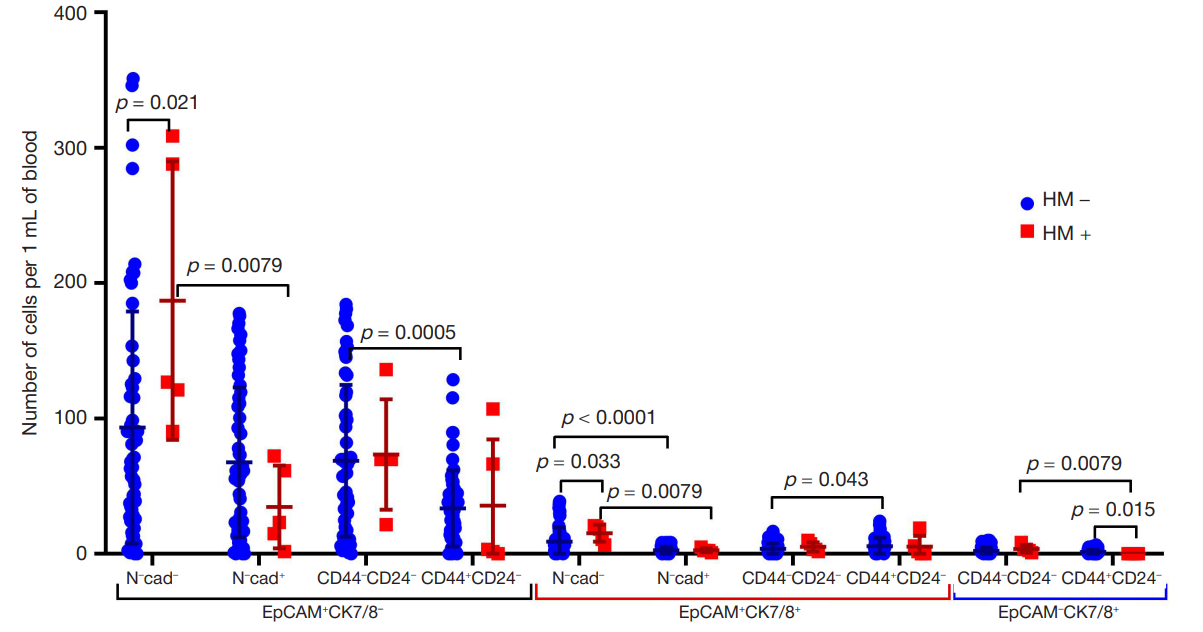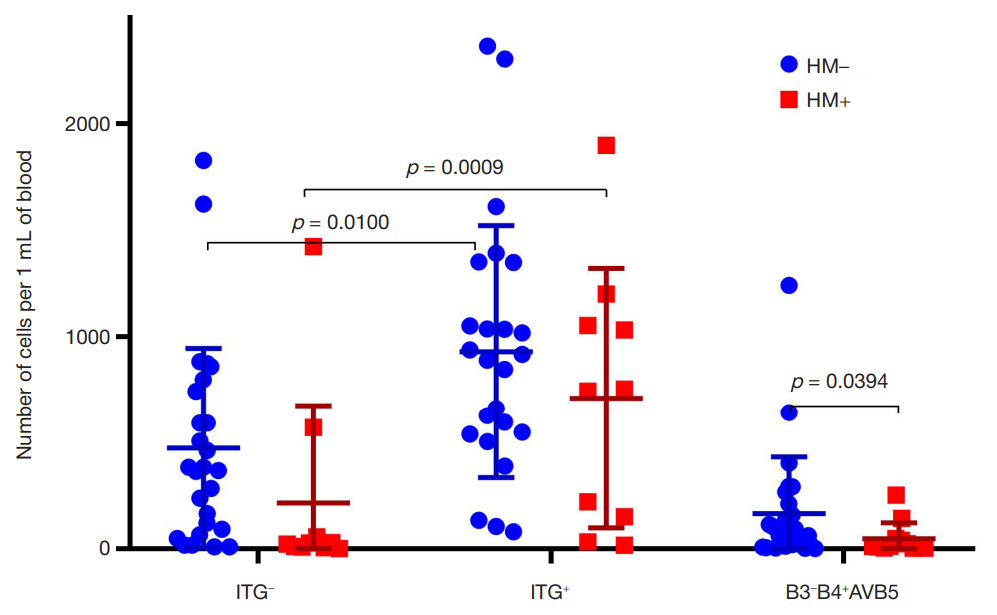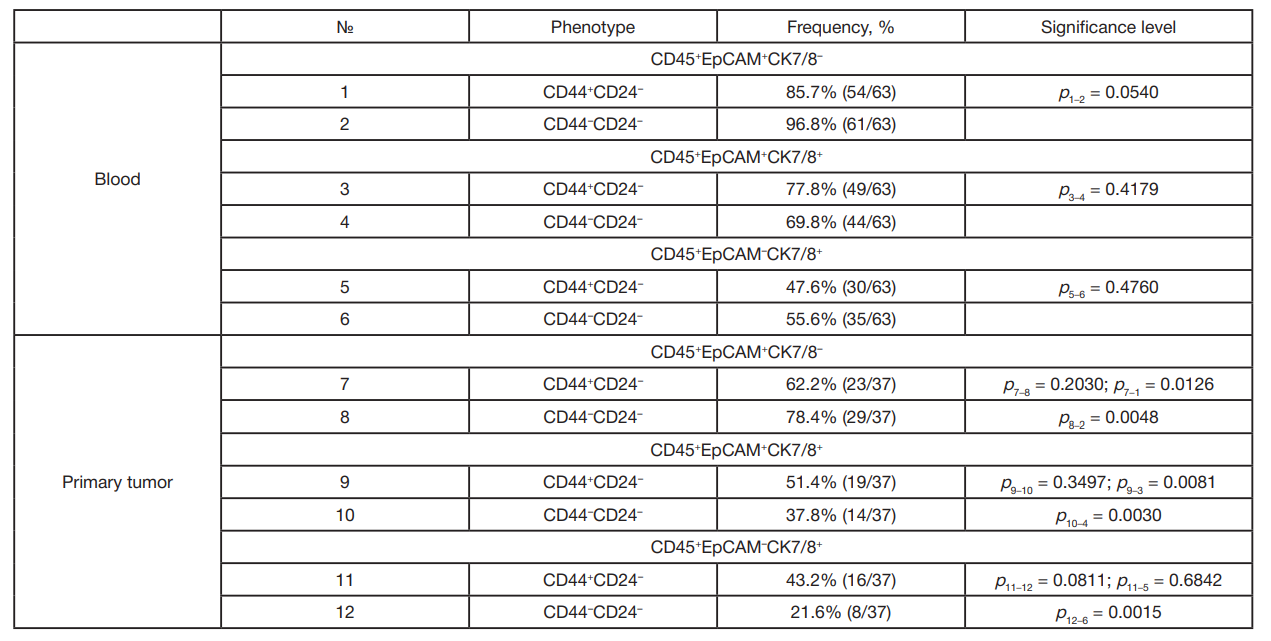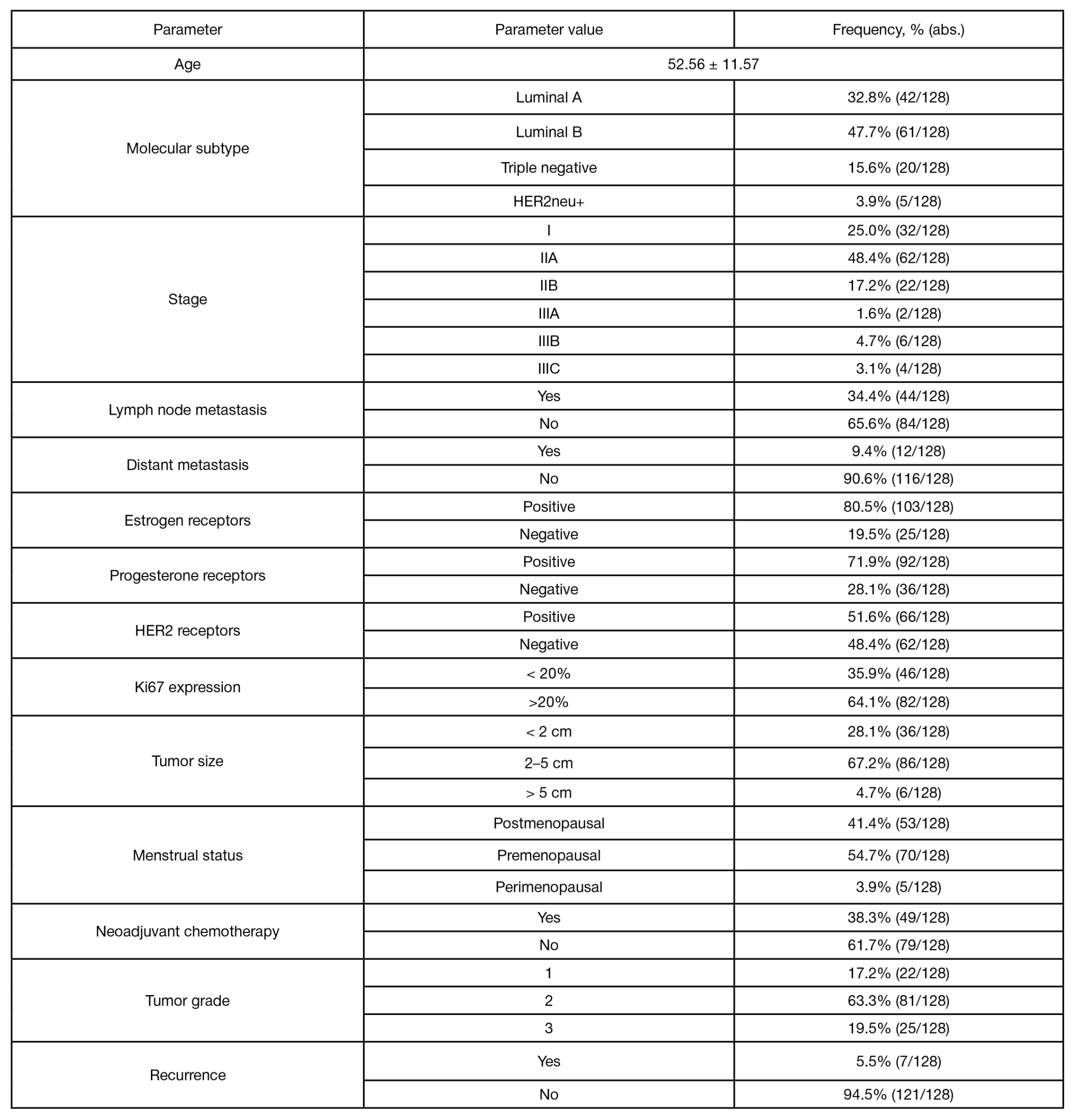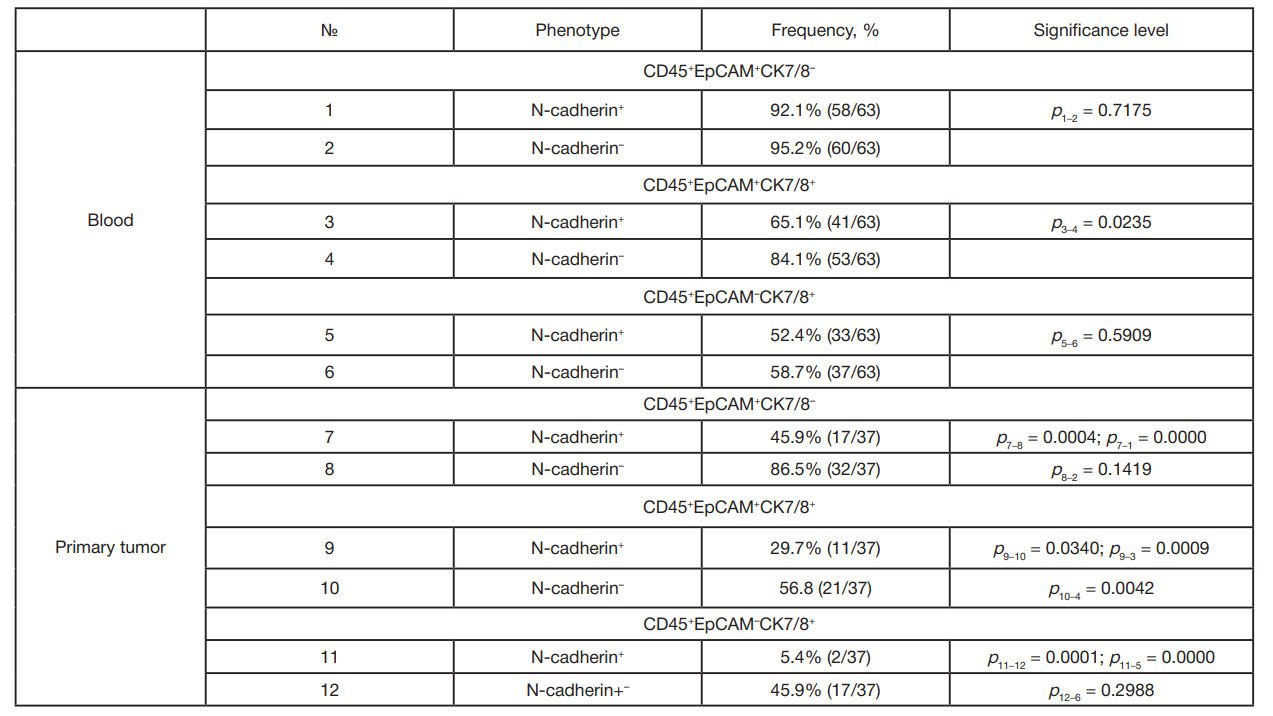
This article is an open access article distributed under the terms and conditions of the Creative Commons Attribution license (CC BY).
ORIGINAL RESEARCH
Assessment of metastatic traits of the cells with hybrid phenotype in breast cancer
1 Siberian State Medical University, Tomsk, Russia
2 Cancer Research Institute, Tomsk National Research Medical Center, Russian Academy of Sciences, Tomsk, Russia
3 Saint Petersburg State Pediatric Medical University, Saint Petersburg, Russia
4 Regional Children’s Clinical Hospital, Vladimir, Russia
Correspondence should be addressed: Olga E. Savelieva
Litovskaya, 2, Saint-Petersburg, 194100; ur.liam@anihcehc_aglo
Funding: the study was supported by the RSF grant № 21-15-00140.
Author contribution: Mukhamedzhanov RK — literature analysis, data acquisition and statistical processing, manuscript writing; Grigoryeva ES — data acquisition and analysis, manuscript writing; Tashireva LA — study design, manuscript editing; Perelmuter VM — data interpretation, manuscript editing; Zavyalova MV — study planning, manuscript editing; Savelieva OE — study planning and management, data analysis and interpretation, manuscript writing.
Compliance with the ethical standards: the study was approved by the Ethics Committee of the Cancer Research Institute, Tomsk National Research Medical Center (protocol № 10 of 24 April 2015) and conducted in accordance with the Federal Laws of the Russian Federation (№ 152, 323, etc.), the Declaration of Helsinki (1964) and all subsequent amendments and supplements regulating the research involving human biomaterials. The informed consent to study participation was submitted by all subjects.
